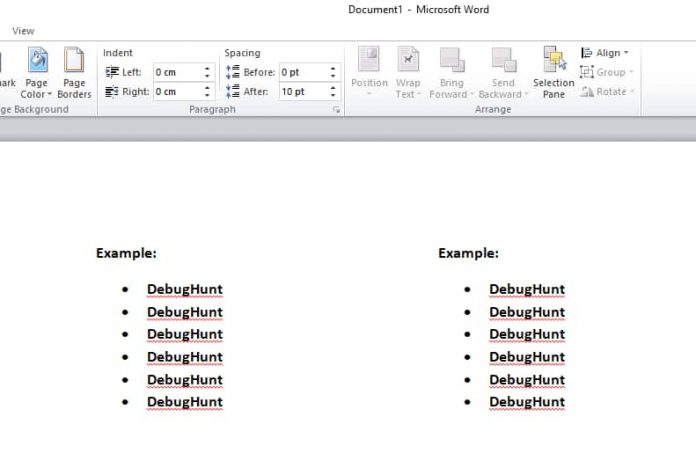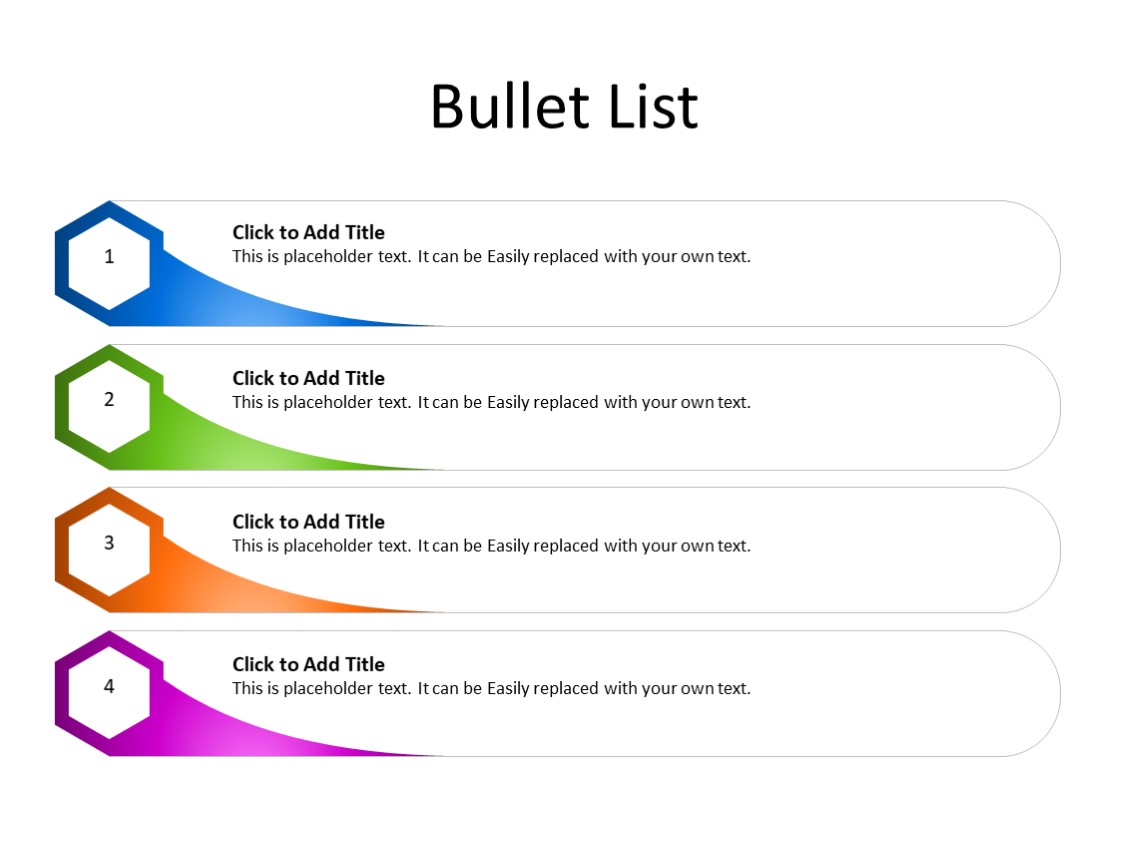


Place the cursor at what is now the bottom of the second column. Click on Layout->Columns->Two (answer assumes two, can be expanded for more) Click on Breaks->Column. \fakeleft/ \fakeright can be used interchangeably to produce a bullet without its opposite counterpart. Place the cursor at the end of the bullet item where you want the first column to end. They sway from side to side, or shift their weight from one leg to the other. Technically we only have 2 X -columns, each of which have a space of 1.5em on the left of it that is used to place a textbullet inside. You can develop a set of bullet points that map out what youre going to.

\\Į-I-E-I-O! And on this farm he had a cow, E-I-E-I-O! With a moo moo here, and a moo moo there. As mentioned, the column specification is the important thing here. This is a right bullet without a left counterpart. And everywhere that Mary went, the lamb was sure to go. So far I use a minipage environment and \\ the items to where they are side-by-side, but this seems like a major kludge.Īs an example, I have something like this: \documentclass \\ In the first column select the bullets com. Select the pages where you want to create columns and separate these pages with section breaks and then apply the column command to split in two columns. I'm trying to create two side-by-side bullet point lists in a document, where each point lines up with the corresponding point in the other list, even when one of the points has multiple lines. Answer (1 of 2): There is a column command by which you can split the page into a number of column. Click Insert or OK to preview the new bullet in the Define New Bullet dialog box (Windows) or the Customize Bulleted List dialog box (Mac), and then click OK.


 0 kommentar(er)
0 kommentar(er)
